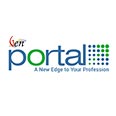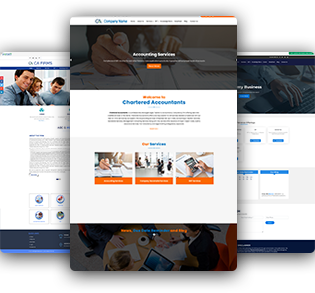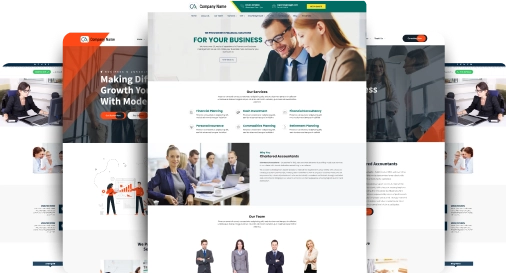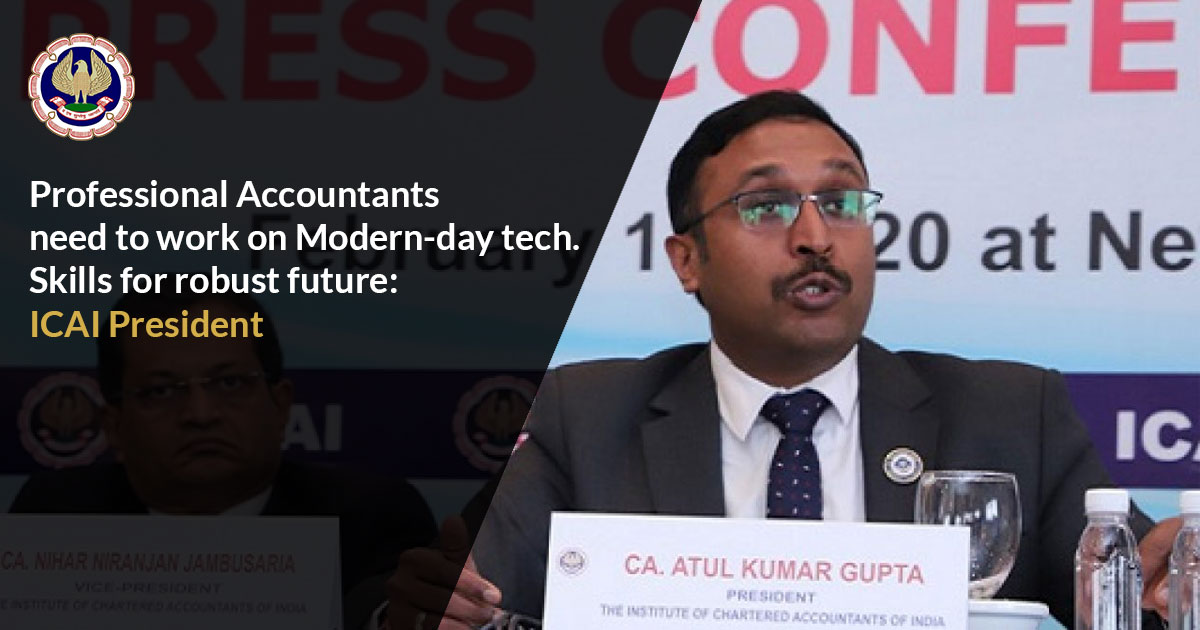
President of ICAI, CA Atul Kumar Gupta said that professional accountants need to have technical (Modern Technology oriented) skills, management, and strategic skills to be ready for the future.
He said that “To be ready for the future, professional accountants need to learn and equip themselves in new-age technology skills, acquire strategic managerial skills besides continuing their prowess in accountancy, finance, taxation, and business laws”.
Over the past few decades, rapid economic reforms coupled with technological advancement have created a need for staunch accountants who remain steadfast, committed to the profession, business, society, and the economy.
The current situation has strengthened the already well-established position of Chartered Accountants as a harbinger of change. With their robust understanding of complex financial concepts, proximity to businesses of all types, and size, professional accountants can and should play a vital role in making India truly Aatmanirbhar.
Read Also : ICAI Publishes Guidelines for Examination Centres to counter COVID-19
CA Atul Kumar Gupta further added in his statement that the institute already has a curriculum that is considered as the best benchmark in the world. It has a unique blend of precise training and theoretical education. In order to maintain our supremacy, we need to constantly evolve and undertake innovative actions. He also advised to keep the following aspects in mind:
Keep Eyes on Current and Future Opportunities:
The institute has a strong base of over 3,25,000 members, however, the emerging Indian economy needs more accountants to practice and work in the industry. Rational planning for accounting professionals requires realistic estimates of future demand.
Attract Entrants with High Potential into the Profession:
To generate interest in the students having high potential, it is important to make the society aware of the utility of the accounting profession. While general perception about Chartered Accountants in the country is positive, it can be further built to enhance perceptions about the need and the career opportunities it offers. While the general perception about the profession and professionals in India is positive, it may further be constructed to increase perceptions about needs and career opportunities.
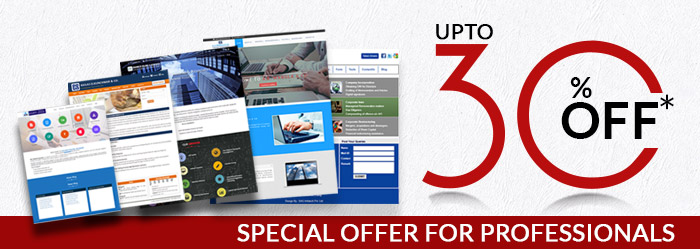
Provide Quality Education and Training:
The Institute from time to time makes changes in its scheme, to provide higher standards in education and training. Quality education for aspiring professional accountants as well as existing members will keep them up-to-date with the current knowledge in core and related areas of competence. Familiarizing them with new and emerging areas related to professional development is very necessary in this modern world.
Increased Liaison between Profession and Academics:
There is a contingent need for both practitioners and academics to harmoniously and creatively promote a culture of innovation with the goal of improving the quality of accounting education in the country with dynamic changes in systems, processes, laws, and technology. Universities and colleges can work closely with the institution to provide basic accounting knowledge for all. The subject faculty are major drivers of change in curriculum and pedagogy. Without capable faculty, the quality of the future can’t be ensured and improved. With unambiguous recognition and award of training of faculty members in this regard, the structure can improve the quality of accounting education in the institution and the country.
Encouraging Accounting Research:
More research is needed in areas related to the accountancy profession to build a learned and future-ready profession. Till now, a total of 114 institutions which include 105 Indian universities, 7 IIMs, and 2 IITs (Madras and Bombay), have recognized Chartered Accountancy qualification for the specific purpose of registration in the Ph.D. program. Flexibility and exploration of new research in order to maintain the quality of delivery of accounting education in the future. More effective research is needed where more professionals join to identify gray areas and create charter mechanisms to remove iron from the crease.
